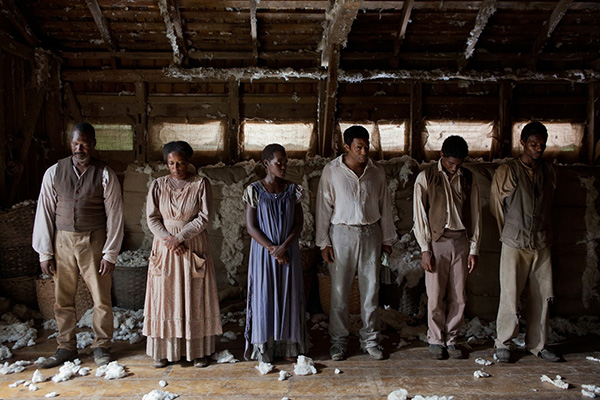12 Years A Slave
Directed by Steve McQueen
“I don’t want to survive. I want to live.”
While 12 Years a Slave is expertly (and beautifully) set in 1840s America, it is not a very comfortable film to watch. Steve McQueen’s (Shame and Hunger) film has garnered a raft of Oscar nominations and accolades, a testament to its calibre and power.
It is a bloody and brutal narrative of Solomon Northup’s (Chiwetel Ejiofor) kidnapping and condemnation into slavery. His treatment by subsequent “Masters” Ford and Edwin Epps (Benedict Cumberbatch and Michael Fassbender, respectively) are case studies of slavery in the American South. The human spirit is relentlessly examined through moments of brutality and sheer desperation, and it makes for some testing viewing.
Fassbender, in particular, produces a compelling portrayal of a slow descent into terrifying madness caused by having absolute power over of his “property.” However, his portrayal is only of many dark, soul-crushing aspects of this film that create the feeling of hopelessness and systematic oppression that a slave had to endure, especially on cotton plantations.
Behind the patriarchal domination lies the equally influential Mistress Epps (Sarah Paulson), who plays the part of the jealous wife to perfection. In this setting, her actions and reactions determine the fate of their slaves, however terrible they may be.
A typically emotive soundtrack from Hans Zimmer and a sincere (and crucial) cameo from Brad Pitt round-off an immensely powerful and moving picture. It successfully projects the great repugnancy of slavery and a society divided according to race. You may think that these scenes are unthinkable, but you will think again after viewing this realistically shocking tale.
“A great ill hangs over this nation, and the Day of Reckoning is yet to come.”



